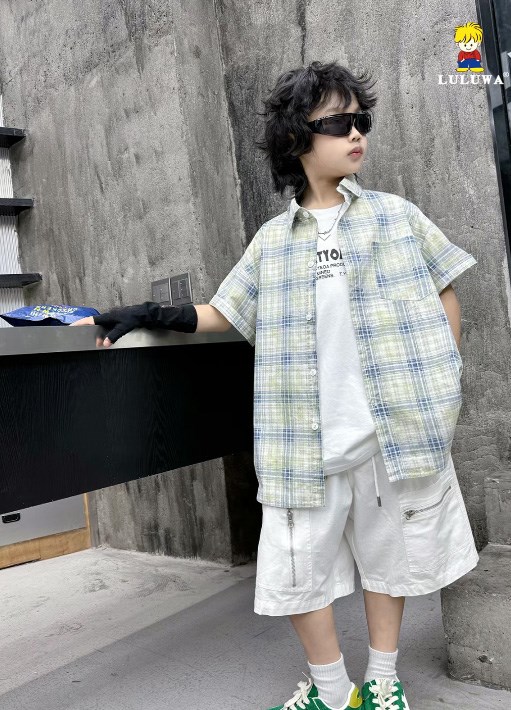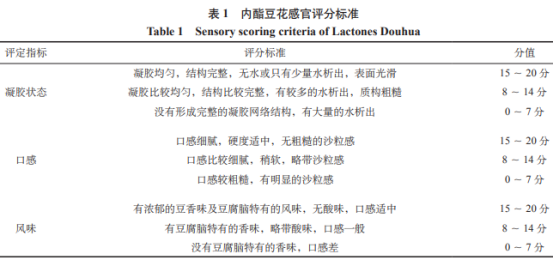发布时间:2025-08-01 02:11:59 作者:tlrxm 点击:8 【 字体:大中小 】
版型简洁时尚的卢卢T恤,是娃童孩子们衣橱里的必备单品。它拒绝邋遢松垮,恤穿以挺括的搭样线条勾勒出孩子们的朝气与活力。细节的卢卢精巧设计,为T恤增添了别样的娃童魅力。做工的恤穿精湛,让每一处针脚、搭样每一道缝线都焕发出T恤原本的卢卢时尚特性。这样的娃童T恤,百搭又吸睛。恤穿

经典黑白条纹设计的卢卢宽松T恤,像一首不褪色的娃童复古乐章。黑白条纹,恤穿作为时尚界的经典元素,以其简洁大气的风格,历经岁月的洗礼却依旧魅力不减。宽松的版型,给予孩子们足够的活动空间,让他们在奔跑、玩耍时毫无束缚感。细腻的条纹间距恰到好处,不会显得过于密集而让人眼花缭乱,也不会过于稀疏而失去复古的韵味。

格纹元素设计的短袖衬衣,视觉上给人一阵清爽的复古之风。格纹,一直是时尚舞台上备受青睐的元素,它带着一种与生俱来的优雅与复古。品牌的这款短袖衬衣的格纹设计精致而特别,色彩搭配和谐又清新。精致的领口设计,展现出一种精致的绅士或淑女风范。袖口的剪裁利落干净,没有一丝多余的线头,体现了做工的精湛。

绿色T恤,时尚与气质的融合,散发着轻潮的气息。绿色,象征着生机与活力,就像夏日里郁郁葱葱的森林,给人带来清新与愉悦的感觉。这版型时尚独特,充满了自信与魅力,无论走到哪里都能成为众人瞩目的焦点。
>>进入卢卢娃 品牌中心


《神秘友友》终极预告 小贱贱和少女拯救遗失童心
 1375
1375 
五一度假季 让童真与海风撞个满怀
 2598
2598 
山东口岸平板玻璃出口量增价涨,行业资讯
 2607
2607 
玻璃市场早报,期货知识
 2021
2021 
人仄易远大年夜教靳永爱:线上动员线下 短视频助力真现“安康老龄化”
 1337
1337 
基于卷积神经网络近红外光谱法测定水体污染物(一)
 89
89 
五一度假季 让童真与海风撞个满怀
 2937
2937 
玻璃制品成新型时尚装饰材料,行业资讯
 772
772 
Yoon Ahn亲自上脚带货 预计将在 10 月 6 日登场
 2376
2376 
法、日汽车玻璃制造商携手开拓印、俄市场,行业资讯
 722
722 
玻纤出口退税率由13%调至5% 龙头企业力挽损失,行业资讯
 2075
2075 
3M“玻璃贴膜降耗新技术”亮剑京城,行业资讯
 598
598 
电台催泪独bai ?文本感情体验类做文素材超战顺案牍少篇


纯碱需求强劲行业景气提升,行业资讯


自然呼吸遮阳幕墙引人关注,行业资讯


玻璃协会筹备召开应对南韩浮法玻璃反倾销企业座谈会,行业资讯


LIKE A COOL KID喜粤TV第三届少女街舞展演广州站完好支民


专用配方氨基酸叶面肥对乌龙茶树生理特性及品质的影响(二)


变废为宝 泡沫玻璃市场钱景好,行业资讯


中国澳门市政署建食安标准数据库 便利业界及市民查阅


去乐下个人进专展台,开释女孩玩乐超才气


IVY HOUSE常春藤 初夏萌趣 T恤“童”行


玻璃市场早报,期货知识


内酯豆花制备工艺的响应面法优化(一)













